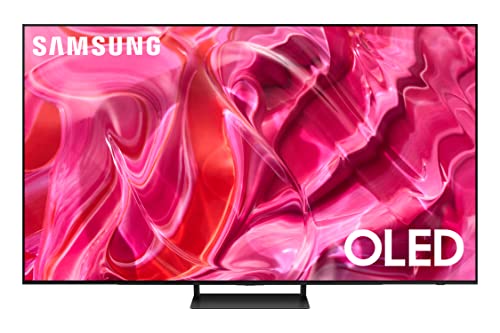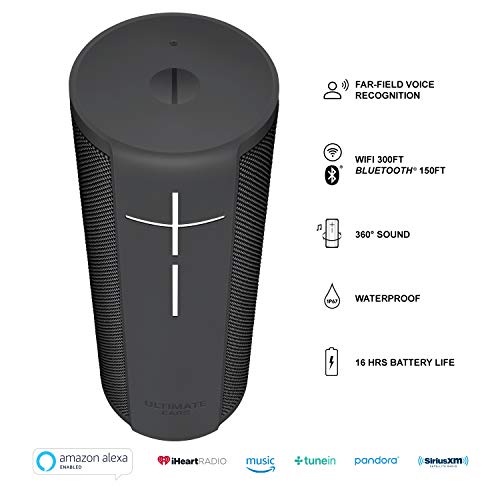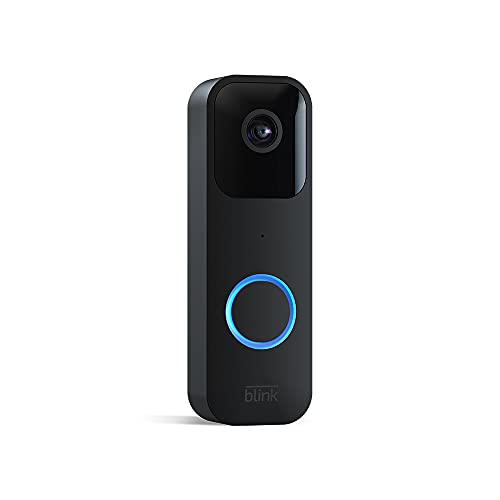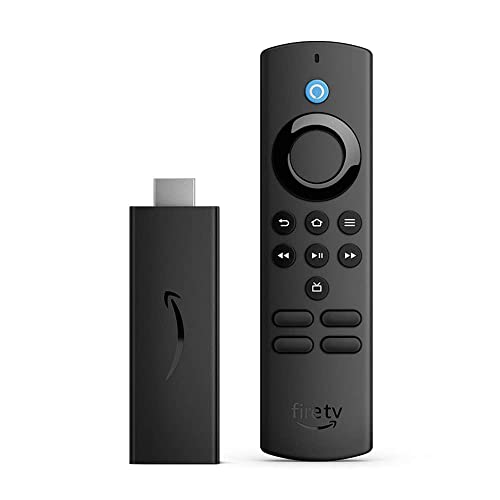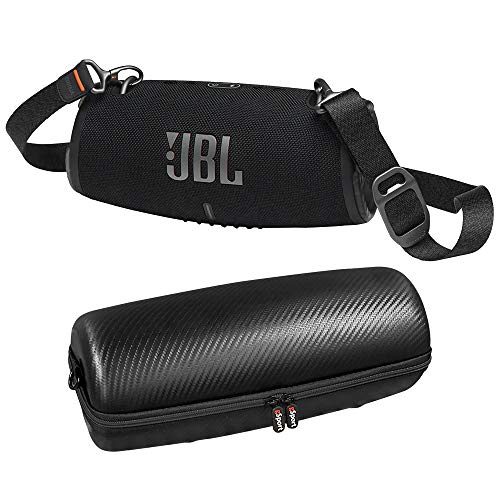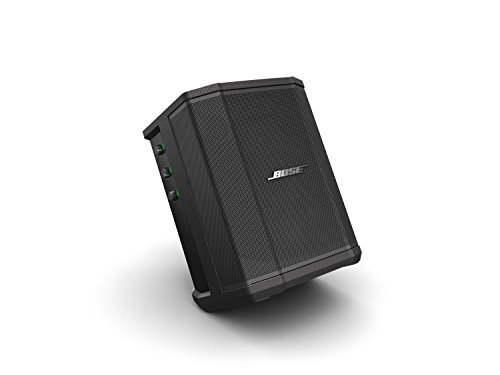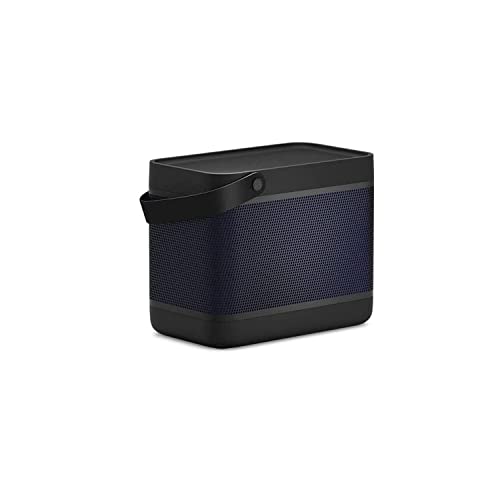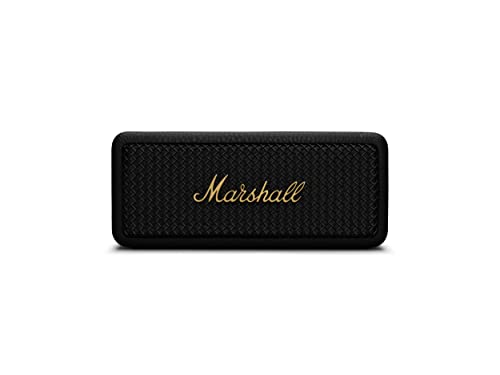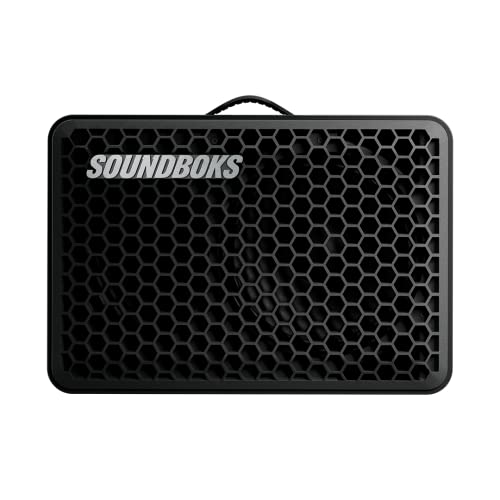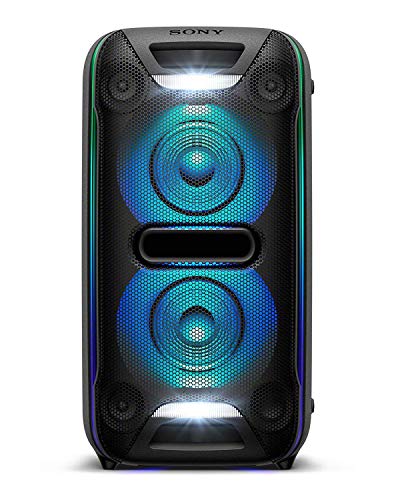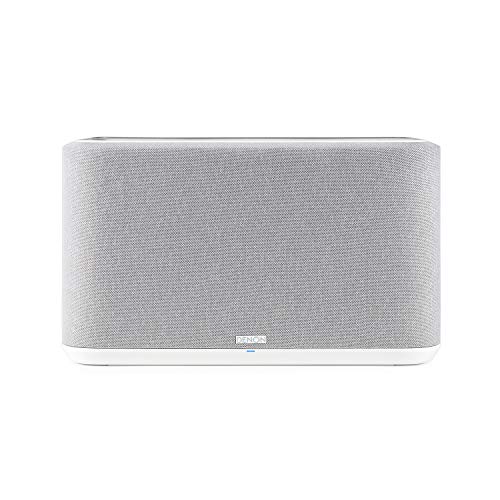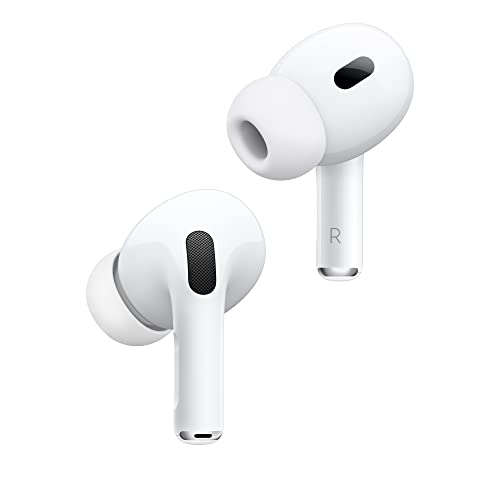What features make the best wireless home theater system? Sound quality is probably the primary consideration with wireless home theater units as with any home audio setup. You’ll want a system with outstanding fidelity, clear highs, and room-filling bass. Reliability and ease of use are important, too. You’ll want a wireless surround sound system with strong wireless connectivity that ensures consistent playback on all channels and outstanding performance from each wireless speaker unit.
For a truly immersive sound experience, a wireless surround sound home theater setup should offer at least 5.1 channels, whether using separate front and rear speakers, or a compact wireless soundbar that employs Dolby Atmos or another virtual surround sound system. Depending on the size of your space and other factors, you may also want center speakers with subwoofers in your wireless system. Finally, the best wireless home theater systems should have wireless surround speakers compatible with the ports and audio format of your smart TV, gaming console, and stereo system.
Wireless models can offer outstanding performance and avoid compromising your aesthetics. If you’re remodeling a home entertainment center, a wireless speaker home theater system will give you a clean-looking setup that won’t interfere with your decor.
Keep reading to learn more about wireless home theater systems and how to choose the best speakers for your home audio needs.
Top Wireless Home Theater Systems
#1 VIZIO V-Series V51x-J6 Speakers
Award: TOP PICK
WHY WE LIKE IT: You’ll appreciate the inclusion of Smart technology that allows you to control this system just by speaking to it. There is also a lot of power behind it, so it can provide wall-to-wall audio that’s entirely immersive.
- Uses Smart device technology
- Extremely powerful system
- Fully comprehensive option
- One part may malfunction
Those looking for room-filling sound will find everything they want in this impressive set of speakers. It’s a system meant to be used for home theaters, and the included features make it perfect for the job. This speaker set has a 5” wireless subwoofer so that you have complete control over the placement of this bass-producing part. Unfortunately, it has been reported by consumers that the subwoofer might malfunction. It tends to make a “whooshing” sound, which doesn’t look great for this brand’s quality control methods.
If you use Google Assistant, Alexa, or Siri, you’re in luck. This system can connect to a voice assistant, making it a highly convenient option for those with a Smart home set-up. You can connect to this speaker through an Aux cord or wireless Bluetooth. This means that you can skip the mess of extra wires if you choose to do so. Beyond that, you’ll be able to play audio content from a tablet, laptop, phone, or any other Bluetooth-compatible device.
#2 Enclave CineHome II Speakers
Award: HONORABLE MENTION
WHY WE LIKE IT: This set of speakers can easily be used to outfit your in-house cinema experience. It’s effortless to use, and you won’t have to worry about going through a complicated process to set it up.
- Has excellent certifications
- Easy to set up and use
- Perfect for in-house cinemas
- Might have connectivity issues
This entire bundle is made to make your audio experiences more immersive. The premium sound quality is thanks to 6 different speakers that work together to deliver audio. All of the speakers in the system are custom-tuned to fit together seamlessly. However, you’ll want to keep in mind that this speaker system might have issues with connectivity. It’s been known to drop the signal of some folk’s TVs seemingly at random.
It’s considered a plug-and-play system that is super easy to get set up. This makes it highly convenient, especially for those working with limited time. This system can connect with any modern television using an auxiliary cord. You’ll be able to get up and running quickly without a complicated setup process to work through. It utilizes 24-bit class-D amplifiers that allow for cinema-like quality in all media you play.
#3 Polk Audio MagniFi Mini Speakers
Award: BEST FOR SMALL SPACES
WHY WE LIKE IT: This is a fantastic option for those working with small spaces and don’t necessarily have the storage for a larger option. It has multifunctional connectivity, so you won’t have to worry about issues in that vein.
- Extremely small option
- Multifunctional connectivity
- SDA audio technology
- Not a budget friendly option
Anybody working with limited space will appreciate the compact nature of this family of speakers. It’s a complete system made to be friendly for apartments or other environments where storage room is limited. Its compact nature makes it capable of fitting on bookcases, shelving, and more. Unfortunately, this will not be the best option for those who are looking for a budget-friendly solution. It is definitely on the expensive side as far as speakers are concerned.
Even though it has a small stature, this set will still produce some massive sounds. The audio quality is high, and you can play it at reasonably loud volumes. This speaker system works together to create an immersive surround sound experience using patented SDA technology. Voice Adjust technology also allows the system to maximize the clarity of conversations in the media that you play. It also accepts wireless connections.
#4 Sony HT-S350 Speakers
Award: BEST FOR IN-HOUSE CINEMA
WHY WE LIKE IT: This set comes with fully optimized audio so that you always have an immersive experience with high-quality audio. It’s also a powerful system and uses S-Force Pro technology to fill the entire room.
- Fully optimized audio
- High power output
- S-Force Pro technology
- Issues with HDMI connectivity
If you want a cinematic experience in the comfort of your own home, then you’ll definitely be interested in this seriously powerful set of speakers. They provide a surround sound immersion that provides wall-to-wall audio, filling the entire room they’re in, which is better if they’re installed as in-wall speakers. However, you might want to think twice about investing in this speaker system if you intend on primarily using the HDMI connection. Some consumers report issues with the HDMI output.
The wireless subwoofer will bring booming bass to the system’s presence, improving any audio that it processes. You’ll appreciate the deep, rich sound that this 6.16-gallon volume subwoofer can produce. There is also S-Force Pro technology packed into this potent duo. That means you’ll be able to enjoy an environment that emulates the same sound experience from the movie theater that you love. There are seven different sound modes, including audio, music, cinema, game, news, and more.
#5 Nyne NHT5.1RGB Speakers
We’re sorry, this product is temporarily out of stock
Award: BEST FOR LED DISPLAY
WHY WE LIKE IT: You’ll appreciate how good the bass in this system sounds. It’s also capable of playing FM radio, which is a feature you don’t often find in competing models. The multi-colored illumination makes it an attractive option.
- Multi-color illumination
- Capable of playing FM radio
- Produces high-quality bass
- Aux cord may be too short
A wireless connection will mean less mess from wires crowding up your entertainment center and living room. These speakers precisely allow you to play media off of your phone, laptop, tablet, or other smart devices. This provides the ultimate convenience available from speaker models. When it comes to drawbacks, the biggest one seems to be some complaints about the length of the auxiliary cord. Some consumers report that it’s a little short, making connection difficult.
This unit makes use of a passive radiator. This means that it does not have a magnet in its driver unit. You won’t have to worry about any “chuffing” because of this manufacturing choice made by this brand. Unlike a ported box, the bass produced by this speaker set will be deep, rich, and perfectly balanced. You’ll enjoy this complete system of speakers that makes your experience more immersive. You can also use apps to play music, such as Pandora or Spotify.
#6 Pyle PDWR53BTBK Speakers
Award: BEST FOR OUTSIDE PLACEMENT
WHY WE LIKE IT: You’ll be able to skip the messy wires when choosing this set, which is a huge benefit when using it outside. It’s a highly durable option that can be easily used in your backyard and can be mounted to walls.
- Can be mounted
- Highly durable option
- Wire-free connectivity
- Not fit for inside usage
You’ll appreciate the 300 watts of power this speaker system offers. This translates into being able to listen to the audio as loudly as you’d like. This is especially true because of the built-in amplifier that the system uses. However, if you’re looking for a system that you can use inside your home, this is not going to be the best option. It’s really meant to be used in outdoor spaces, like patios or garages.
There is also a 5.25” subwoofer and a 0.5” tweeter. This allows the system to bring you deep, booming sound while remaining capable of producing delicate treble. It’s also a fully wireless-capable set. You’ll be able to use Bluetooth devices to connect to your speakers, skipping out on the sometimes messy situation that wires can bring. Whether you want to play content from a tablet, phone, or laptop, you’ll be able to.
Beginner’s Guide to Wireless Home Theater Systems
What Are Wireless Home Theater Systems?
A wireless home theater system refers to a home Hi-Fi setup that uses a wireless surround sound system. The number of wireless speakers and the power levels of these systems can vary greatly. Still, the most common wireless home theater setups use Dolby Digital or a similar digital audio system routing signals to wireless surround speakers.
Most systems use a center channel, front, and rear speakers, while some employ a single, multiple channel soundbar system and virtual surround sound. Many wireless home theater systems also have a remote control or smartphone companion app, so they work well with modern game consoles, smart TVs, computers, and projectors.
Wireless Home Theater Systems vs Speakers in General
Wireless home theater systems include speakers but are more complex, and the speakers are only part of their capability. They also include a wireless receiver unit with Bluetooth and WiFi connectivity, smart device compatibility, and digital signal processing. Most wireless home theaters also include options like voice command, Amazon Music, Google Home, Google Assistant, or another smart home system.
Unlike other speakers in a home theater, wireless home theaters use wireless connections between individual speakers and accept wireless audio inputs. Wireless, high-rated home theater speakers are more likely to use Wi-Fi connectivity than other speakers.
Besides using fewer audio cables, wireless home theater systems feature a clean, minimalist design to go with modern home decor. Many wireless setups also include wall-mountable center speakers or soundbars.
Like wired home cinema audio systems, wireless home theater systems connect to a device such as a TV, games console, home cinema projector, computer, or mobile phone. The speakers receive an audio signal and translate that signal into sound.
As with other speakers, including the best JBL models and top Bose speakers, the volume and sound quality of a wireless home theater system depend on the design, power usage, and materials of the speakers’ sound drivers, cone woofers, and tweeters. Also, like other surround-sound setups, these wireless systems have multiple audio channels and use surround sound audio formats.
Similarly, as with wired systems, wireless home theaters can offer a cinematic sound experience using multiple individual speakers or a 5.1 channel soundbar system with virtual surround sound.
How Wireless Home Theater Systems Work
Wireless home theater systems connect wirelessly to an audio input device such as a Blu-ray disc player, smart TV, or laptop. Models with multiple speakers normally use wireless connections between the individual speakers.
Wireless systems with strong WiFi speakers typically use a Wi-Fi connection between the speakers and the input device. WiFi has more bandwidth than Bluetooth.
A wireless home theater can be a true, strong surround sound system with front, center, and rear speakers. With WiFi wireless surround sound, the WiFi signal takes the place of the analog audio cables that would normally link the speakers together. Most often, these are located in the entertainment center. But, mounting speakers on the ceiling can give you that sound “bubble” effect.
Some wireless home theaters use a soundbar, like the TaoTronics TT-SK018, with virtual surround sound or a pair of speakers that deliver stereo sound. These systems offer a clean setup and can provide an enjoyable experience in smaller spaces.
Virtual surround sound sends front, rear, and center audio signals to different directional drivers within the same speaker unit. Most virtual systems employ digital audio processing with Dolby Atmos, Dolby Digital Plus, or a similar format.
Why Should You Buy a New Wireless Home Theater System?
Reasons to consider a wireless home theater system include convenience, style, and ease of initial setup. You might want to consider a wireless speaker if you’re looking for more cinematic sound quality at home without the complexity of a wired audio system.
A WiFi home theater is a great choice if you want a home entertainment system that works well with Amazon Alexa, Google Assistant, and other smart assistant and voice command setups.
Wireless systems also offer easier installation and setup than typical wired home entertainment units. WiFi allows for extra speakers in locations where you might not want to drill in the wall or install a cable organizer. A wireless surround sound speaker home theater unit will come with a handy companion app and setup guide, making it easier to get started right away.
Are Wireless Home Theater Systems Worth Buying?
- Smart Device Compatibility: With a wireless home theater, you can get a cinematic experience while still having advanced voice control via your digital assistant. Most WiFi-based home theater setups offer compatibility with multiple smart devices and home digital assistant platforms.
- Clean Design: As the name implies, wireless systems dispense with many of the wires and audio cables usually needed for a home theater. Thus, a wireless setup enables a cleaner design and goes well with minimal and modern home decor.
- Easier Setup: Compared to traditional wired setups, a home theater with wireless audio can be much easier in terms of initial setup. Most wireless units connect seamlessly over a shared network. They also offer remote controls and companion apps that let you change sound settings and connectivity options from your smartphone.
- Flexible Installation: Flexibility is another advantage of wireless home theaters. If you’re setting up a multi-speaker home theater for a party, wireless models allow more flexibility in where the speakers can go. Some WiFi home theaters can also project sound into multiple rooms, since they’re not limited to the reach of connection cables.
Why Wireless Home Theater Systems May Not Be for You
- You Already Have a Wired AV Receiver: If you already use a wired AV system with your Blu-Ray player or smart TV, you may think it is redundant to invest in a wireless home theater. However, wireless home theater systems have supplemental benefits that may make them worthwhile, even with a wired system. For example, wireless systems offer the flexibility to set up speakers in another room for a party. Many wireless home cinema setups also have wired ports such as a USB input or HDMI ARC out.
- Concerns About Sound Quality: Audiophiles have long insisted on wired connections for the best sonic performance, especially in high-powered speakers and subwoofers. However, for smaller systems, modern WiFi connections offer enough bandwidth for excellent HD sound quality.
How Long Do Wireless Home Theater Systems Last?
Like other wireless speaker systems and WiFi-enabled smart devices, the lifespan of a wireless home theater can vary greatly depending on initial quality, storage, and use conditions. While most components of a speaker unit are fairly durable, and non-powered speakers can last for decades, most wireless systems are more complex.
Some models can become obsolete before they malfunction. WiFi standards get updated every few years, and any IoT (Internet of Things) device, such as a wireless surround sound system, should use the latest standard for bandwidth, performance, and security reasons.
As with other speakers, wireless home theater speakers and wireless subwoofer units can eventually show wear and tear on the speaker’s cover, housing, and internal foam after a few years. Older speakers can also have damaged HDMI ARC ports and USB ports. In addition, dust and dirt can sometimes obstruct optical input connectors, a common fault on older wall speakers and soundbar units.
Most units will last an average of three to five years. Proper care and storage can extend a speaker’s lifespan, though battery-powered soundbars and rear speakers may be limited by the number of charging cycles the battery can endure.
Experts suggest keeping your home theater speakers, AV devices, and peripherals in a cool and low-moisture environment. High humidity levels and extreme heat can speed up wear on the speakers’ physical and electronic components.
How to Choose a Wireless Home Theater System
Various factors can help you choose the best wireless home theater setup for your home entertainment needs. Experts suggest considering the size of your space, whether you need multiple-room audio, and how loud you need the music and other media to get. Room acoustics play a major role in how a home theater system will sound, so it’s important to match the system’s output with the shape and acoustic properties of your space.
Other factors to consider include what audio formats you need to play, the number and type of devices you need to connect, and what genres of music you mainly listen to. Vocal performances demand high-quality tweeters and high-fidelity frequency responses, while instrumental music and video game soundtracks may call for powerful woofer and subwoofer combos.
Best Wireless Home Theater System Key Factors
1. How Large Is Your Space?
One important factor to consider when choosing the best wireless home theater is the size of the room in which you’re planning to install the system. Speakers should match the size and acoustic properties of the space to achieve top sound quality. A small, affordable soundbar will provide plenty of sound for a small den or game room, while a larger living room or loft space calls for a more powerful sonic performance.
2. What Devices Do You Need to Connect?
Another factor to consider is what devices you use and what audio formats you need your home theater to accept. Most wireless systems can play HD audio and work with the standard Dolby Digital and Dolby Atmos surround sound formats. If you need to connect multiple devices, including a smart TV, you might look for a home theater AV receiver with a 4k pass-through and an ethernet port.
3. Do You Need True Surround Sound?
If you’re an audiophile looking for a wireless setup for music playback, you may want the best true wireless surround sound. While a true surround sound system involves multiple speakers placed around a room, many wireless home theaters use multidirectional soundbars or cylindrical speakers with virtual surround sound. Virtual surround sound uses Dolby Atmos, Dolby Pro Logic II, or another digital signal processing technology to simulate rich, detailed surround sound.
4. What Types of Media?
Different speakers may be better suited to different kinds of media and music. Some instrumental music, especially bass-heavy music, calls for powerful center speakers and subwoofer combos, while a compact speaker with excellent sonic performance can often provide an enjoyable home cinema experience with crisp dialog that lives up to the image quality of a 4K Blu-Ray Player. Some wireless home theater setups also offer built-in support for Apple Music and other services.

![Best Wireless Home Theater Systems in [year] 1 best wireless home theater system](https://www.gadgetreview.dev/wp-content/uploads/best-wireless-home-theater-system-image.jpg)


![Best Wireless Home Theater Systems in [year] 2 VIZIO V-Series 5.1 Home Theater Sound Bar with Dolby...](https://m.media-amazon.com/images/I/21KKPu2LPtL._SL160_.jpg)
![Best Wireless Home Theater Systems in [year] 3 Enclave CineHome II - 5.1 Wireless Plug and Play Home...](https://m.media-amazon.com/images/I/212K4w43JrL._SL160_.jpg)
![Best Wireless Home Theater Systems in [year] 4 Polk Audio MagniFi Mini Home Theater Surround Sound Bar...](https://m.media-amazon.com/images/I/41t5zTPMZJL._SL160_.jpg)
![Best Wireless Home Theater Systems in [year] 8 Our #4 Pick is the SONY HT-S350 SPEAKERS](https://m.media-amazon.com/images/I/313VUZ9mCXL._SL160_.jpg)
![Best Wireless Home Theater Systems in [year] 9 Our #6 Pick is the PYLE PDWR53BTBK SPEAKERS](https://m.media-amazon.com/images/I/414FSvUmIYL._SL160_.jpg)


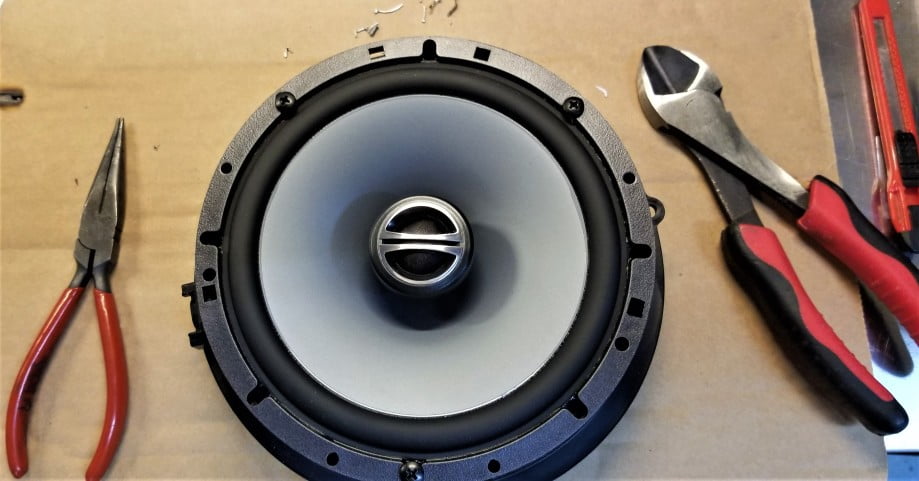
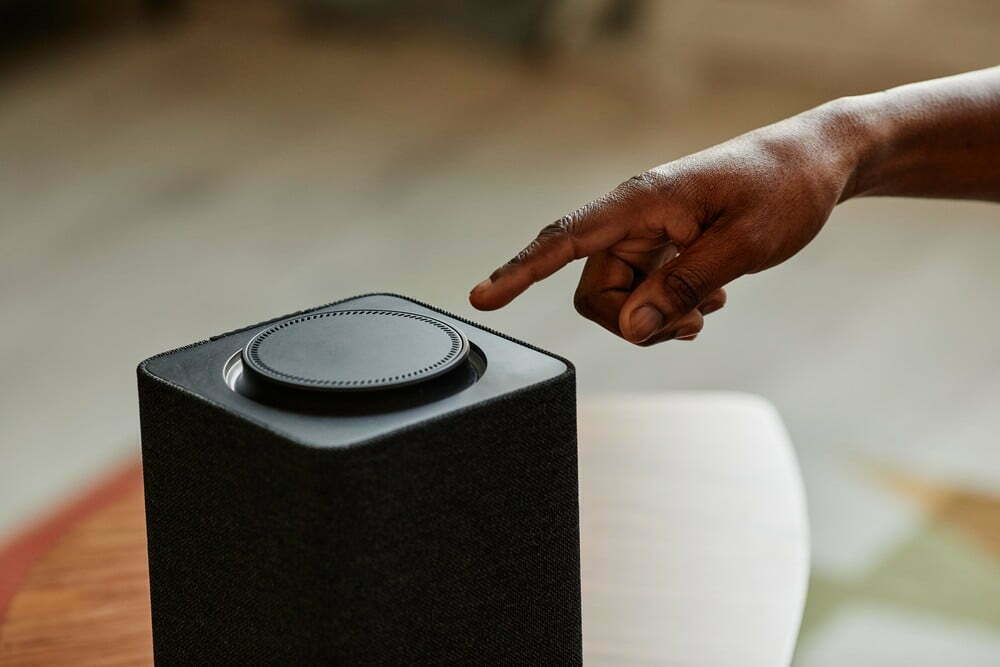
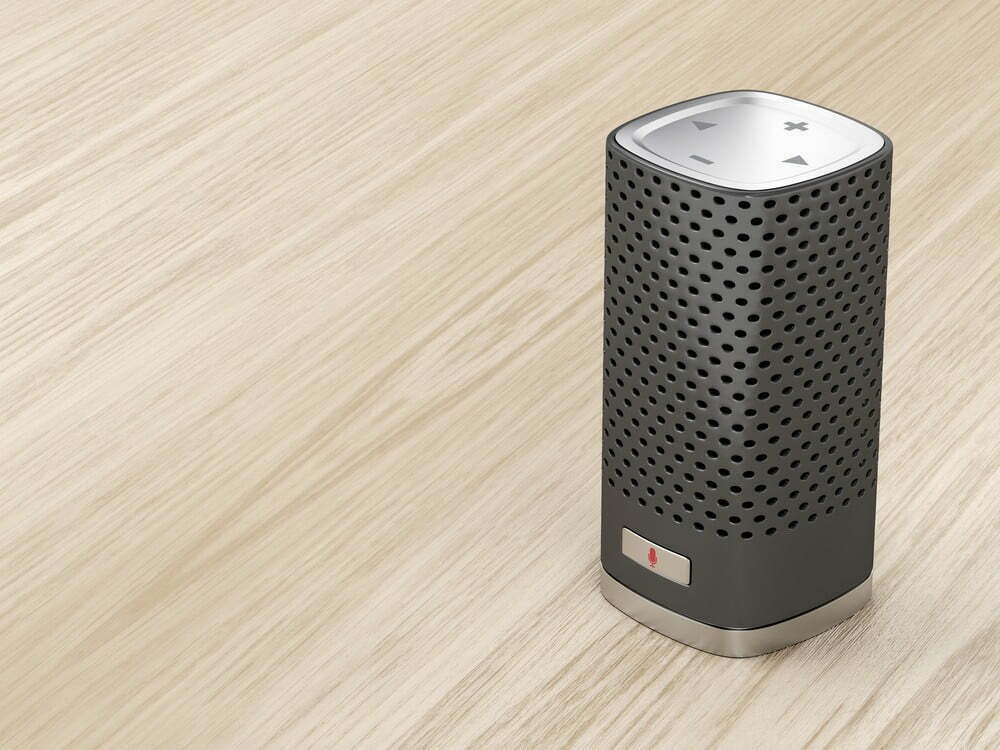
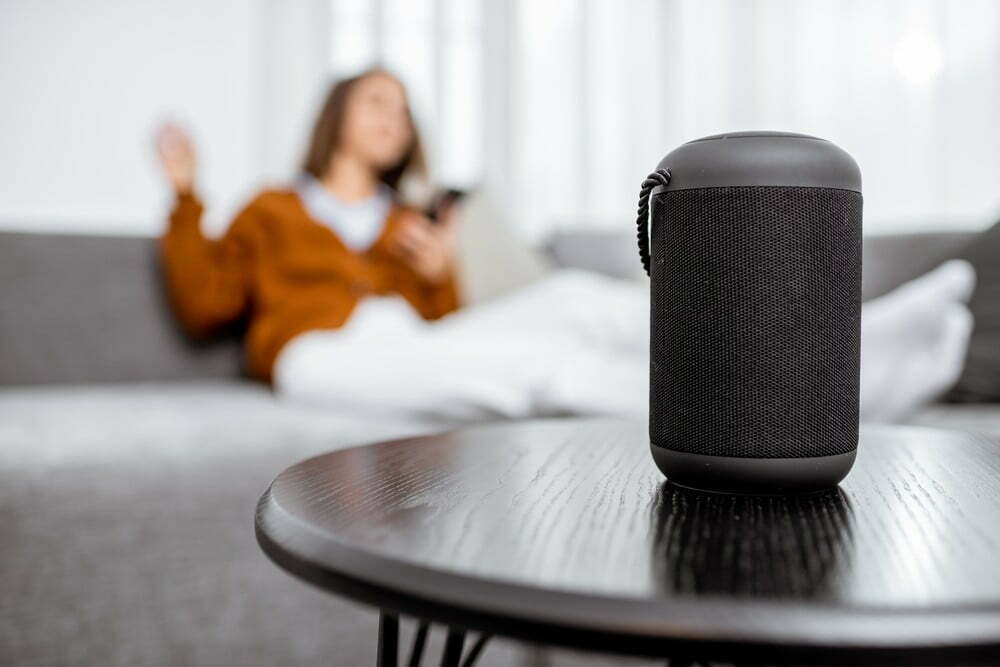

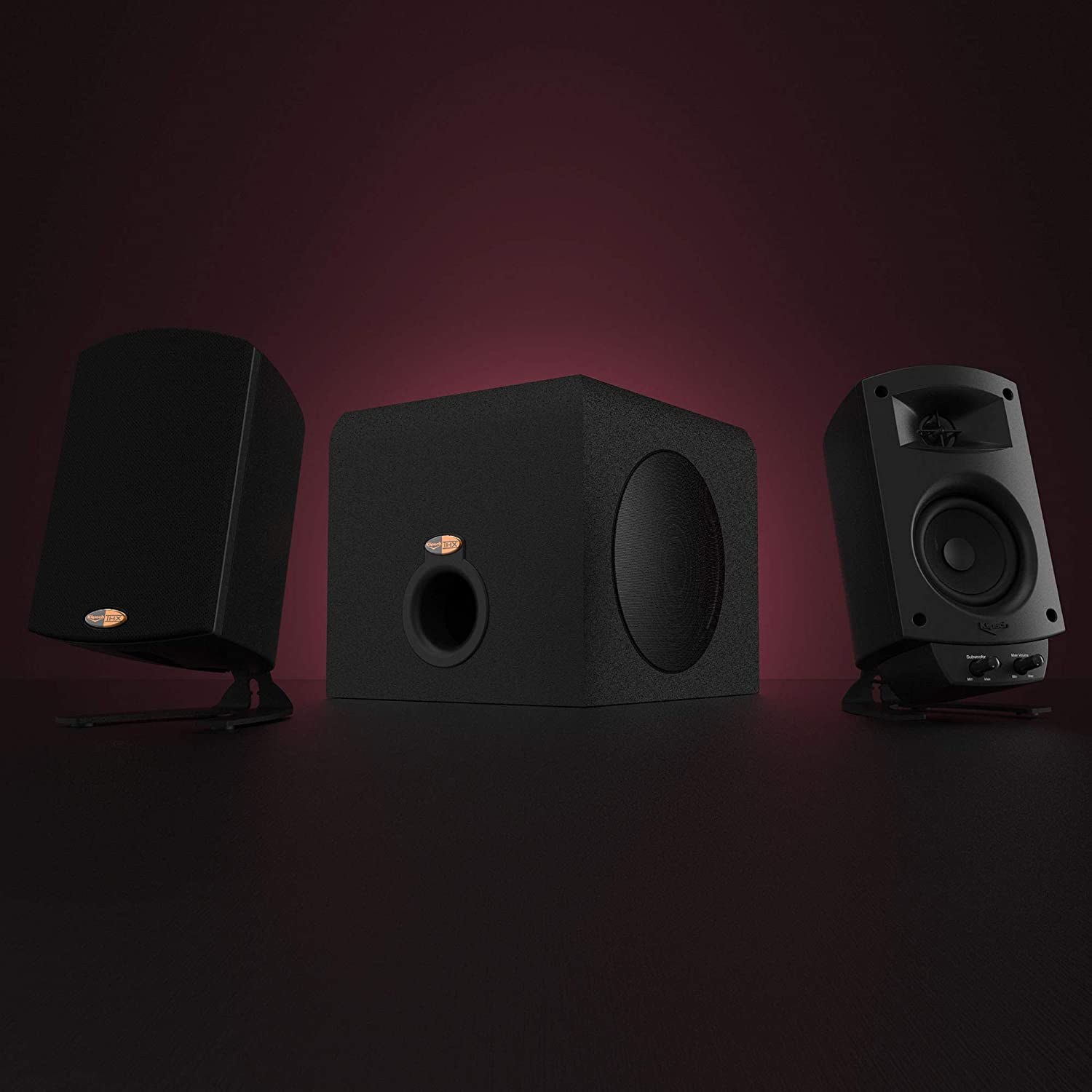
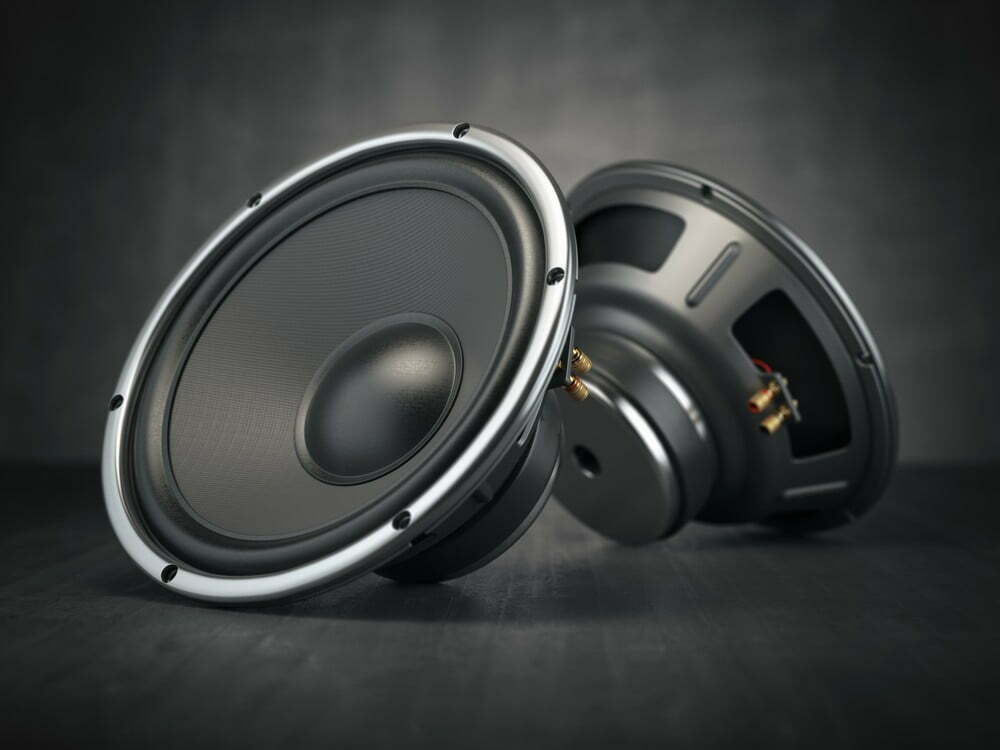
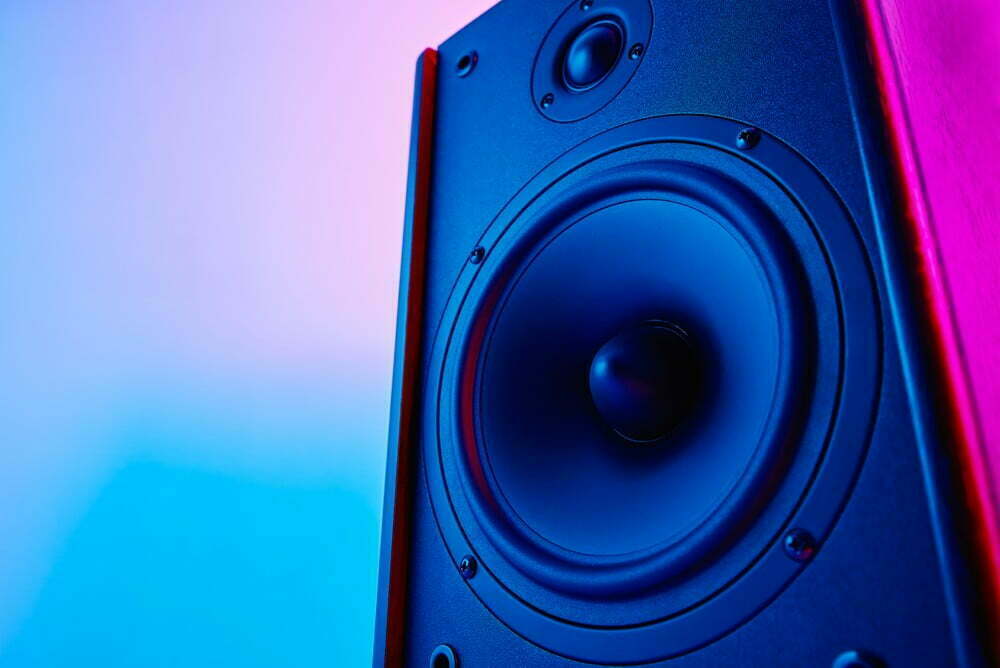
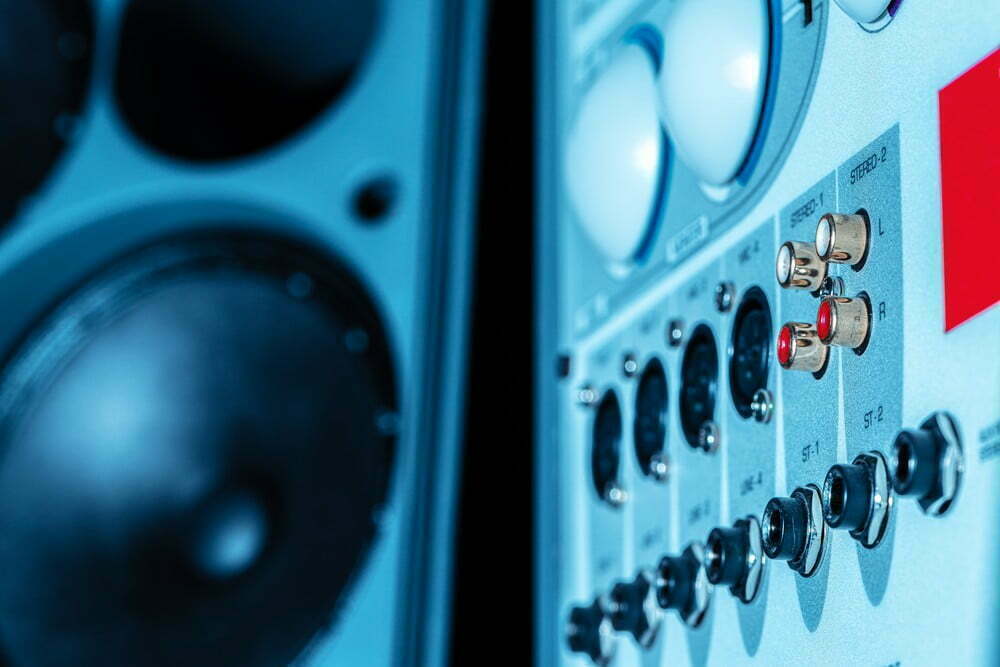

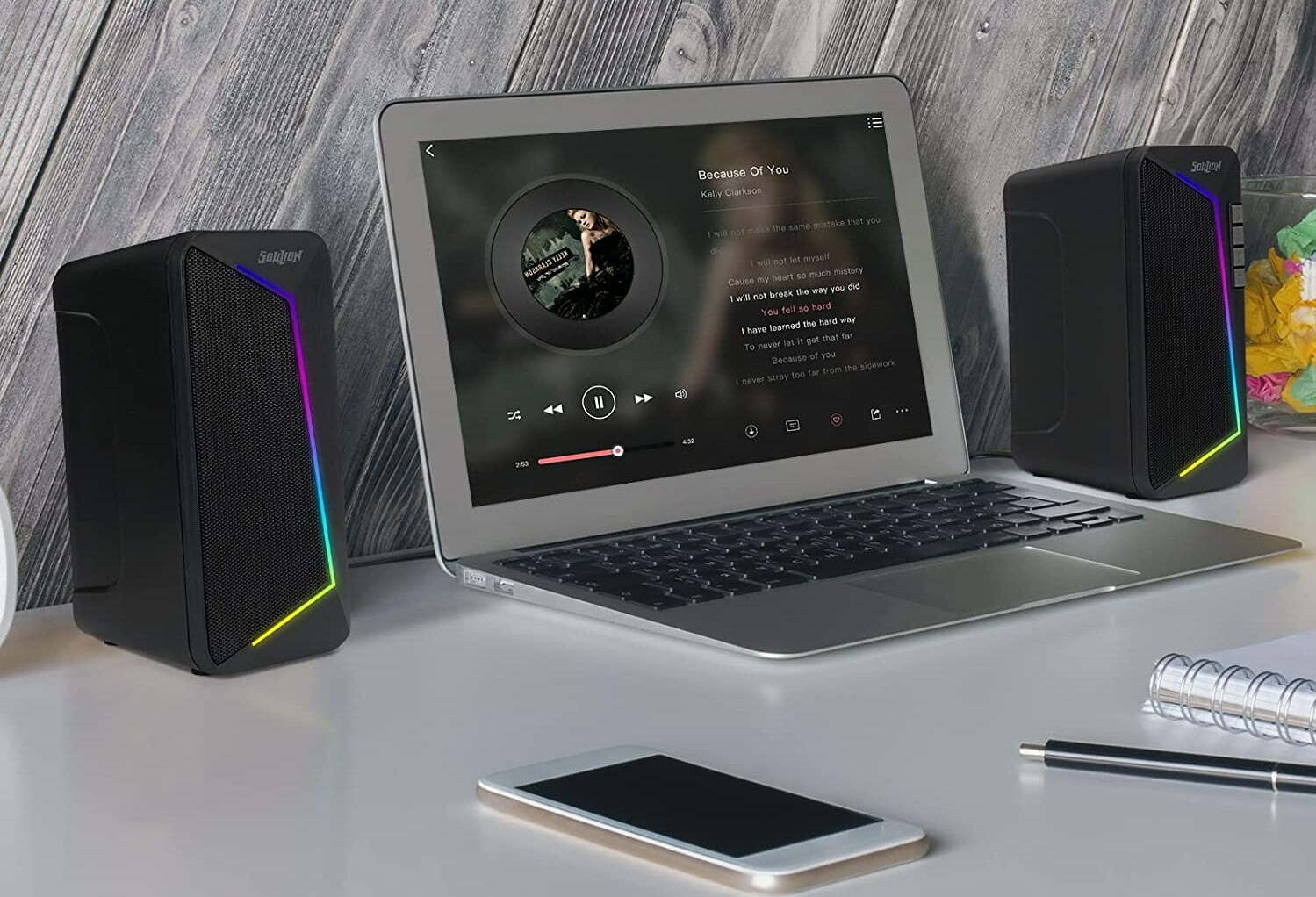
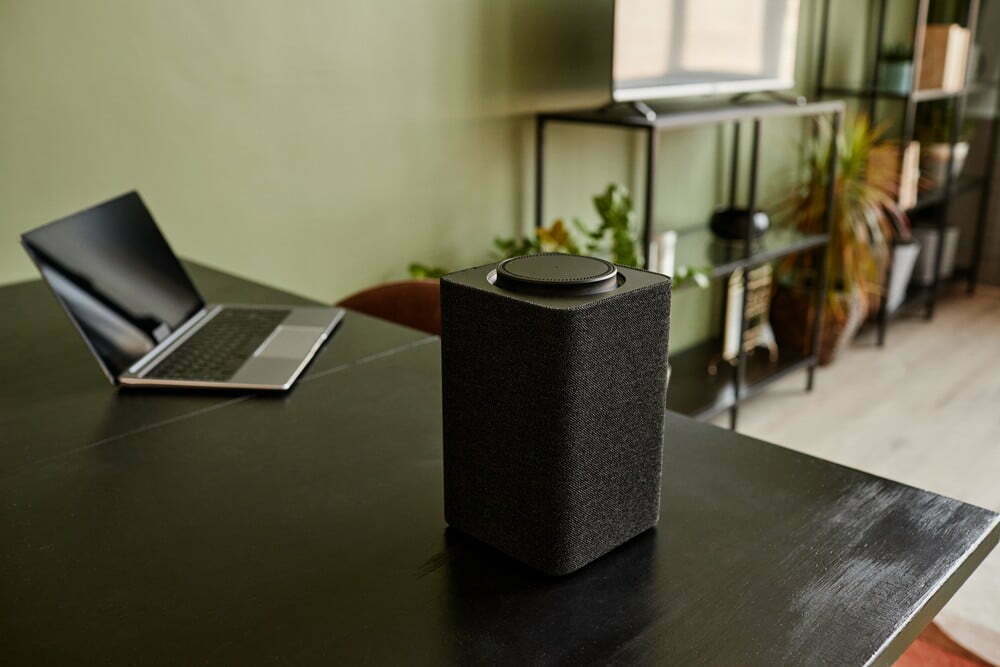

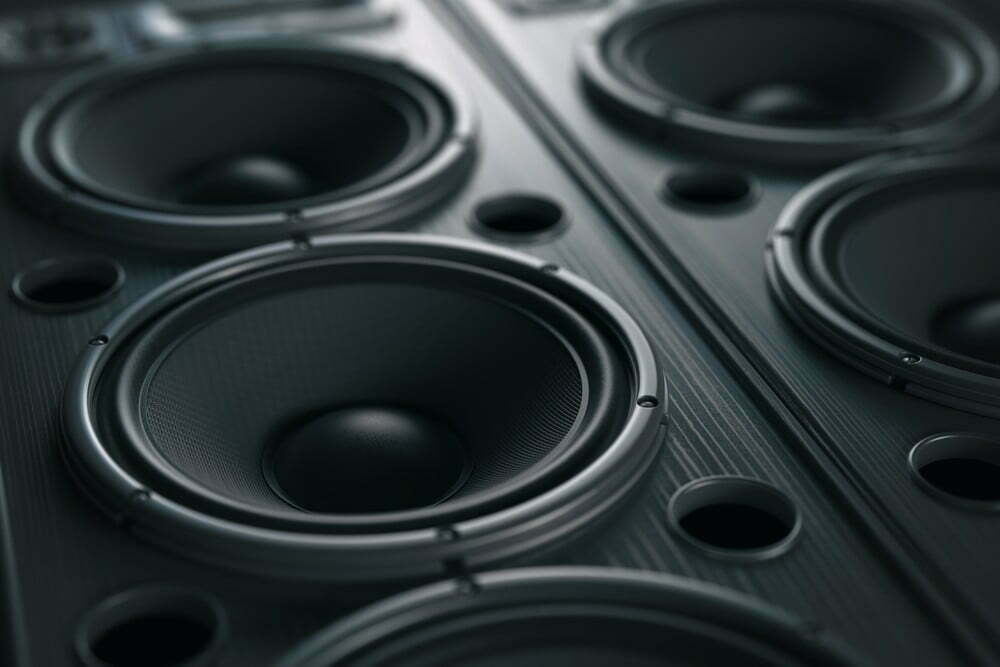
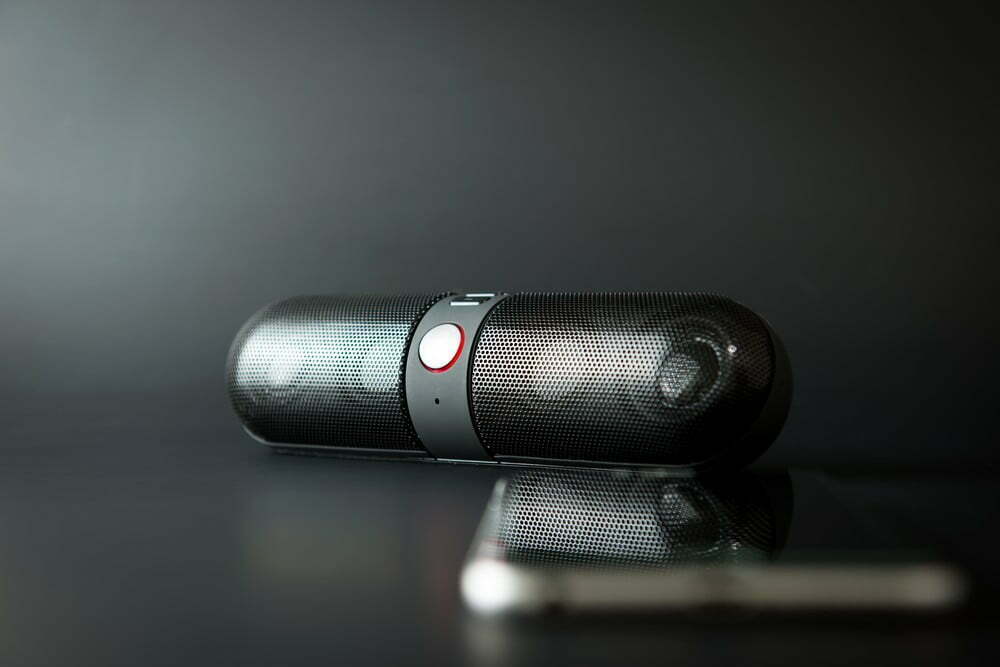
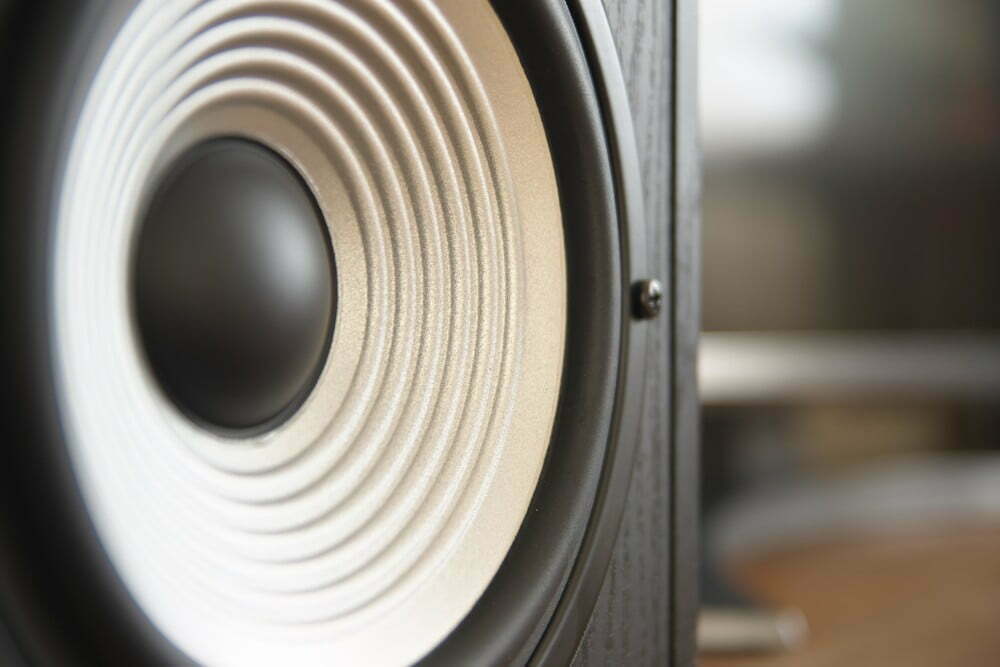
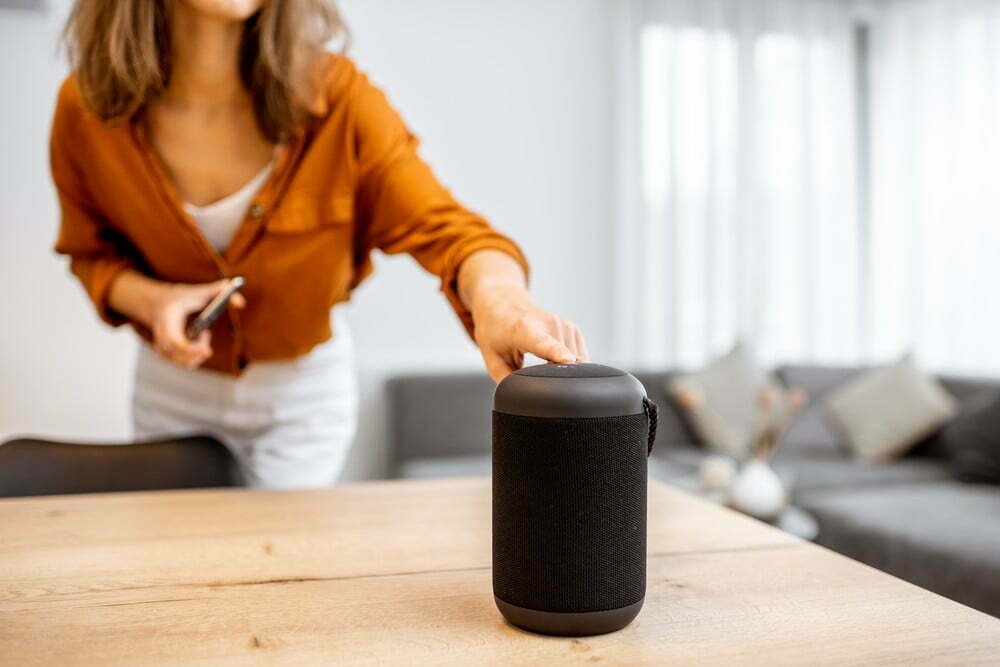
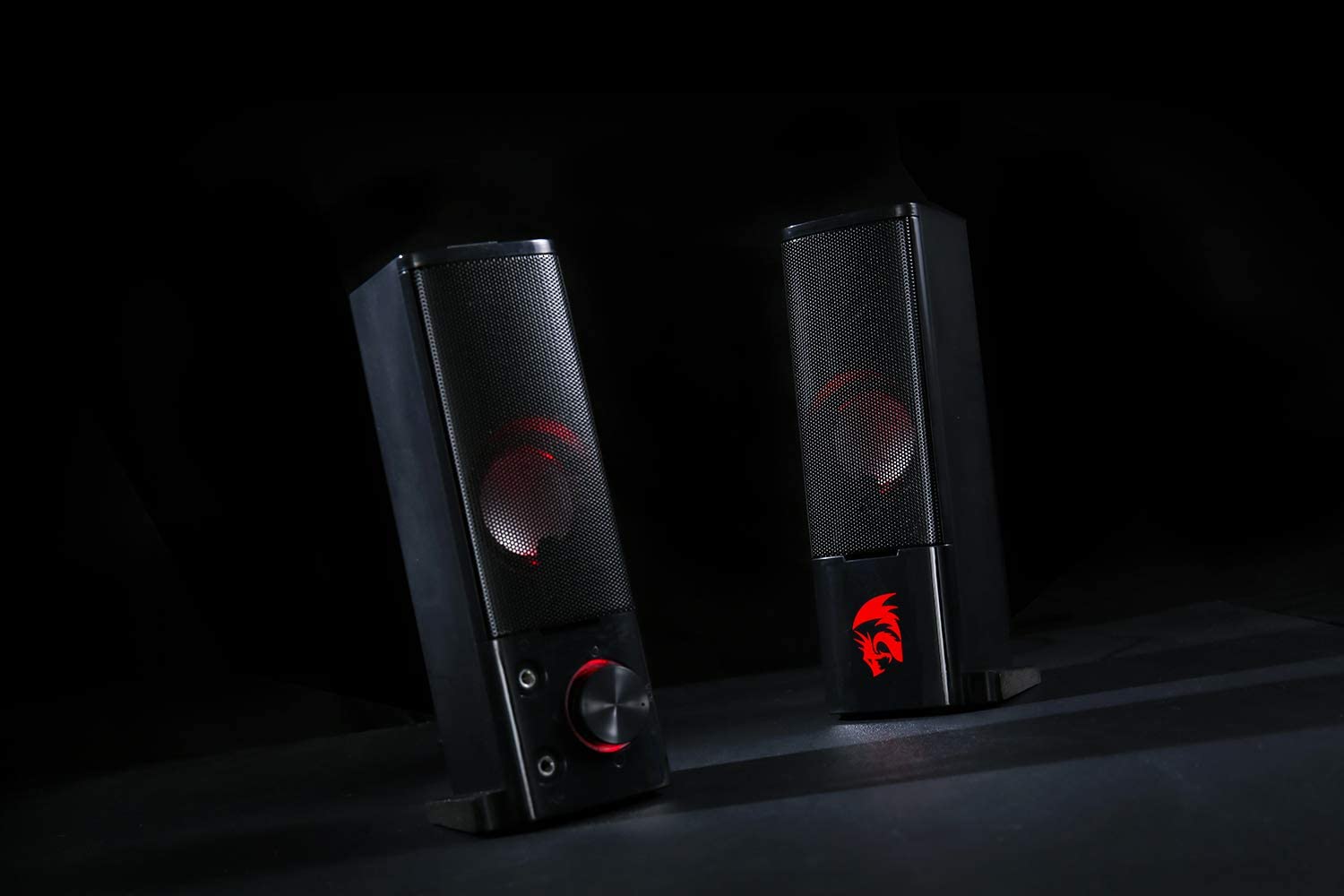
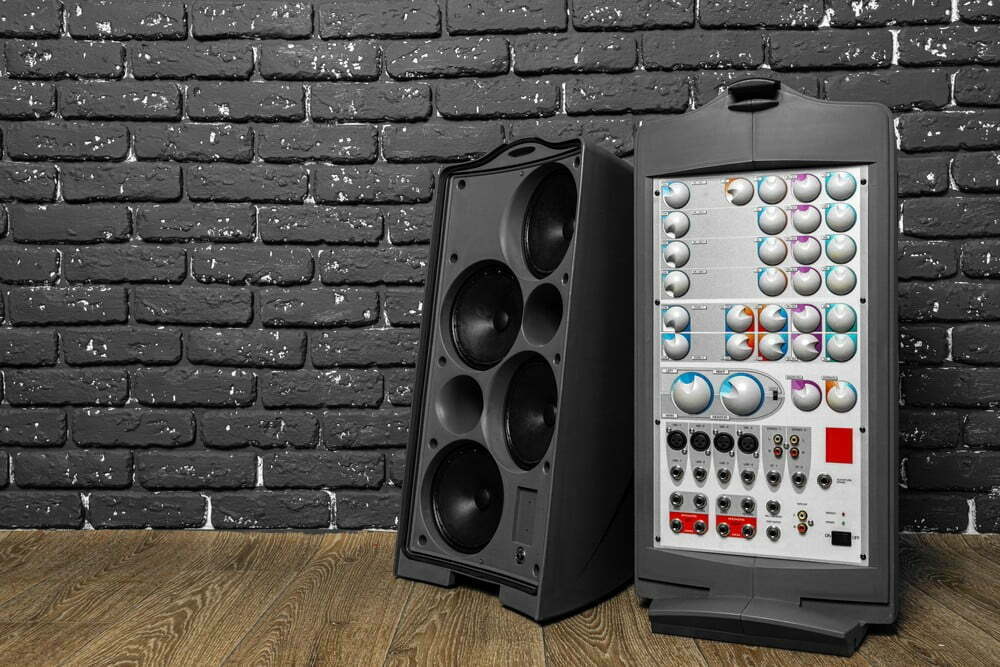
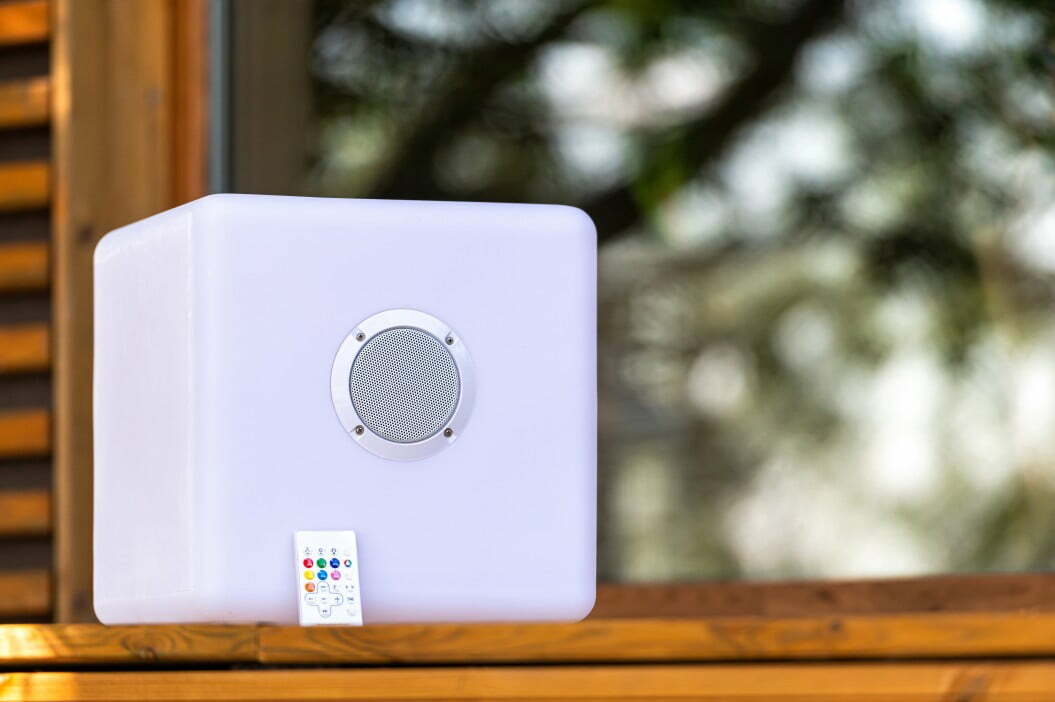
![Best Powered Speakers in [year] 31 Best Powered Speakers in 2026](https://www.gadgetreview.dev/wp-content/uploads/best-powered-speakers-image.jpg)
![Best Stereo Speakers in [year] 32 Best Stereo Speakers in 2026](https://www.gadgetreview.dev/wp-content/uploads/best-stereo-speakers-image.jpg)
![Best SoundBar in [year] ([month] Reviews) 33 Best SoundBar in 2026 (January Reviews)](https://www.gadgetreview.dev/wp-content/uploads/best-soundbar-image.jpg)
![Best Subwoofers in [year] ([month] Reviews) 34 Best Subwoofers in 2026 (January Reviews)](https://www.gadgetreview.dev/wp-content/uploads/best-subwoofer-image.jpg)
![Best TableTop Radio in [year] ([month] Reviews) 35 Best TableTop Radio in 2026 (January Reviews)](https://www.gadgetreview.dev/wp-content/uploads/best-tabletop-radios-image.jpg)
![Best 8 Inch Subwoofers in [year] 36 Best 8 Inch Subwoofers in 2026](https://www.gadgetreview.dev/wp-content/uploads/best-8-inch-subwoofer-image.jpg)
![Best Surround Sound Systems in [year] 37 Best Surround Sound Systems in 2026](https://www.gadgetreview.dev/wp-content/uploads/best-surround-sound-system-image.jpg)
![Best Laptop Speakers in [year] 38 Best Laptop Speakers in 2026](https://www.gadgetreview.dev/wp-content/uploads/best-laptop-speakers-image.jpg)
![Best Wireless Surround Sound Speakers in [year] 39 Best Wireless Surround Sound Speakers in 2026](https://www.gadgetreview.dev/wp-content/uploads/best-wireless-surround-sound-image.jpg)
![Best Bose Speakers in [year] 40 Best Bose Speakers in 2026](https://www.gadgetreview.dev/wp-content/uploads/best-bose-speakers-image.jpg)
![Best Home Stereo Systems in [year] 41 Best Home Stereo Systems in 2026](https://www.gadgetreview.dev/wp-content/uploads/best-home-stereo-system-image.jpg)
![Best WiFi Speakers in [year] 42 Best WiFi Speakers in 2026](https://www.gadgetreview.dev/wp-content/uploads/best-wifi-speakers-image.jpg)
![Best Party Speakers in [year] 44 Best Party Speakers in 2026](https://www.gadgetreview.dev/wp-content/uploads/best-party-speakers-image.jpg)
![Loudest Bluetooth Speakers in [year] 45 Loudest Bluetooth Speakers in 2026](https://www.gadgetreview.dev/wp-content/uploads/loudest-bluetooth-speaker-image.jpg)
![Best Car Speakers for Bass in [year] 46 Best Car Speakers for Bass in 2026](https://www.gadgetreview.dev/wp-content/uploads/best-car-speakers-for-bass-image.jpg)
![Best Marine Speakers in [year] 47 Best Marine Speakers in 2026](https://www.gadgetreview.dev/wp-content/uploads/best-marine-speakers-image.jpg)
![Best JBL Speakers in [year] 48 Best JBL Speakers in 2026](https://www.gadgetreview.dev/wp-content/uploads/best-jbl-speakers-image.jpg)
![Best Home Theater Speakers in [year] 49 Best Home Theater Speakers in 2026](https://www.gadgetreview.dev/wp-content/uploads/best-home-theater-speakers-image.jpg)
![Best Waterproof Speakers in [year] 50 Best Waterproof Speakers in 2026](https://www.gadgetreview.dev/wp-content/uploads/best-waterproof-speaker-image.jpg)

